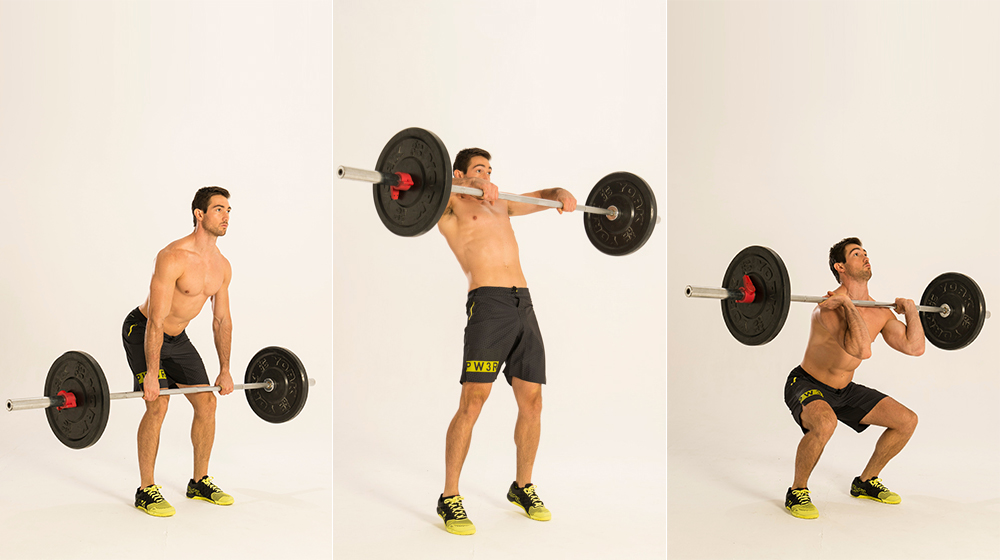As a Registered Massage Therapist, it’s common to see patients complain about head, neck, and shoulder issues.
Before treatment I typically do a postural assessment to understand the source of pain, and far to often I see what is known as forward head posture.
Forward Head Posture (FHP) is a common problem for a lot of people. If left untreated, FHP will cause significant damage to the spine, in what is otherwise a preventable injury.
FHP Symptoms

The human body was not designed for prolonged periods of sitting or sedentary lifestyles. Our bodies automatically adapt to our environment and when we continually place ourselves in sub-optimal positions such as hours of sitting, looking down towards our phone or tablet, certain muscles that are responsible for good posture will become weak and tight. If you have a forward head posture, your shoulders will also hunch forward with it. By doing so, your FHP can add up to 30 pounds of abnormal leverage on the cervical spine!
If you really want to understand how this feels on your spine, take a 10 lb weight hold it in front of you, with your elbow extended out. Hold that position for as long as you can that’s essentially how your spine feels!
If you only thought that forward head posture affects your spinethink again. Research shows that 90% of the stimulation and nutrition to the brain is generated by the movement of the spine. Therefore, less cervical movement results in less nutrition to the brain.
Registered Massage Therapists work on releasing tension on the tight muscles, and strengthen the inhibited muscles by this posture.
The way to deal with forward head posture is to do FHP exercises and maintaing better posture, which isn’t always easy. Having said that, here are three tips on fixing your forward head posture:
Fixing your FHP
Chin Tucks:
- While sitting upright, gently tuck your chin in, making a ‘double chin’.
- Aim to feel a gentle lengthening sensation at the back of your neck.
- A common mistake I often see is the person starts to move their head up/down. Make sure your eyes and jaw stay level, and move the head horizontally backwards.
- Think of the movement like a book sliding back into the shelf.
- Hold for 5 seconds, and repeat 30 times.
Pec Stretch:
- Place your forearms on the door frame with your elbows at shoulder height.
- Place one foot through the doorway and the opposite foot behind you.
- Lean your chest and hips through the doorway until you feel a stretch in your chest.
- Take a deep breath in to really stretch out your chest, and as you breathe out, lean further through the doorway.
- Hold for 20 to 30 seconds. Do 2 repetitions; one with your left foot forward, and one with your right foot forward. Do 2 to 3 times per day to gain length; once at full length, move to once per day to maintain the length in your pectoral muscles.
Plank:
- Place the forearms on the ground with the elbows aligned below the shoulders, and arms parallel to the body at about shoulder-width distance.
- If flat palms bother your wrists, clasp your hands together.
- Hold position for 30 seconds.
- (Note: Any of the following plank variations can be performed with straight arms or in a forearm position.)
SEMI’s sports massage therapists can help reduce your risks of forward head posture, while providing a litany of positive benefits for sports injuries and conditions. From diminishing chronic pain to increasing flexibility and range of motion, SEMI’s sports therapists in Toronto can create a stretching and fitness plan to meet your goals.
Book an appointment at one of our SEMI clinics today!






